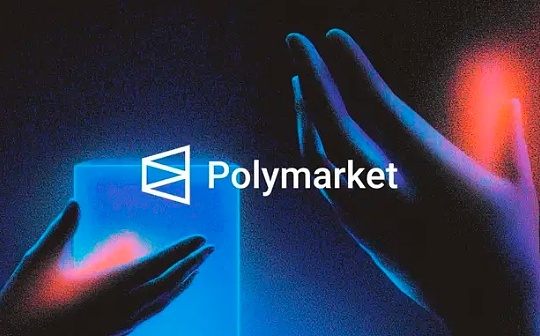a16z: What does Stripe acquire Bridge mean for FinTech and Stablecoin

Reprinted from jinse
04/29/2025·14DAuthor: James da Costa & Sam Broner, a16z crypto; Translation: Golden Finance xiaozou
In February, Stripe completed its acquisition of stablecoin platform Bridge, the largest acquisition ever made by the company. Previously, Stripe had reopened cryptocurrency payment services to U.S. businesses last year. From a broad perspective, after several years of stablecoins' continued growth, the acquisition marks the first time the payments industry has publicly admitted that stablecoins are moving towards mainstream. The settlement amount of stablecoins in 2024 reached US$15.6 trillion, and the transaction size is the same as that of Visa.
What is a stablecoin? Stablecoins are crypto assets anchored to the value of fiat currency (usually USD). The most common "fiat currency reserve stablecoins" (such as USDC issued by Circle) are supported by 1:1 in full for short-term US Treasury and bank deposits.
Stablecoins have been significantly adopted in the past year: countries with strong local currency volatility (such as Nigeria, Argentina); regions with high cross-border remittance costs (such as Colombia); and markets with low international credit card acceptance (such as Pakistan). Stablecoins allow users to: store asset value in US dollars; achieve fast and cheap global transfers; and consume international websites that support stablecoins (when local bank card payments are not applicable).
From street shops to multinational companies, you can benefit from stablecoins. Stripe CEO Patrick Collison tweeted it as a "room-temperature superconductor for financial services" and predicted that "global companies will enjoy the speed, coverage and cost advantages brought by stablecoins in the next few years." As a developer-first payment company (similar to Stripe's concept), Bridge implements stablecoin conversion in any dollar format through a single API, mainly providing three major services:
Funding Scheduling : Developers can transfer, store and receive stablecoins with a few lines of code, and Bridge handles all compliance requirements and technical complexity.
Issuing services : Developers can create their own stablecoins at a minute level, and Bridge will invest in US bonds and share income with developers.
Global remittance : Provides cross-border transfer and USD/Euro account services to developers' end users.
Current application cases include: Starlink recovers funds from Argentina through Bridge; Nigerian users pay YouTube Premium and ChatGPT with stablecoins; and small American merchants receive payments from customers around the world.
This acquisition is in line with Stripe's mission of "expanding the total Internet economy". Specifically, stablecoins bring dual advantages to Stripe: First, in areas with weak payment infrastructure (i.e., Stripe covers limited markets), stablecoins can reduce cross-border costs, reduce transaction failure rates and improve conversion rates; second, provide merchants with more economical payment options than credit cards. Stripe's processing volume increased by 38% to $1.4 trillion in 2024, and Bridge's addition is expected to drive a new round of global expansion through stablecoins.
From a more macro perspective of fintech, we believe that the popularity of stablecoins faces three major obstacles: the global regulatory framework is still unclear (although it is being improved rapidly); the user experience is still bulky (insufficient coverage of traditional bank channels); and some trust issues delay adoption. But a16z partner Chris Dixon pointed out that stablecoins can "reset" the current closed and fragmented global financial system, calling it "the WhatsApp moment of currency" - just like email innovation communications, stablecoins will achieve an open, instant, and borderless value transfer for the first time.
In addition to cross-border payment and other scenarios, stablecoins also provide new possibilities for AI agents to break through traditional financial infrastructure restrictions. For example: When an AI agent needs to pay on behalf of the user, whose card or wallet should be used? Who authorizes the transaction? How does the risk belong? How to settle directly between AI? With the innate programmability of blockchain, stablecoins can solve these problems through functions such as budget rule setting, conditional trigger payments and micro payments. Stripe's existing AI proxy toolkit has supported the creation of one-time virtual cards to complete e-commerce transactions (Perplexity is being used for independent shopping experiences), and stablecoins will become a more suitable alternative or expansion solution.



 chaincatcher
chaincatcher
 panewslab
panewslab